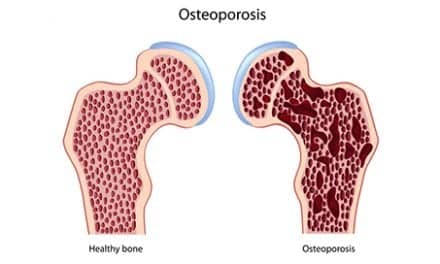A study published in The Journal of the American Osteopathic Association notes that adolescent female athletes may experience concussion symptoms that last twice as long as those experienced by adolescent males.
Underlying conditions such as migraines, depression, anxiety, and stress may be factors in this extended recovery period, according to a media release from the American Osteopathic Association.
In the study, researchers analyzed the medical records of 110 male and 102 female athletes, ages 11 to 18, with first-time concussion diagnoses. The median duration of symptoms was 11 days for boys and 28 days for girls. The symptoms resolved altogether within 3 weeks for 75% of boys, compared to 42% of girls.
“These findings confirm what many in sports medicine have believed for some time,” says lead researcher John Neidecker, DO, a sports concussion specialist in Raleigh, North Carolina, in the release. “It highlights the need to take a whole person approach to managing concussions, looking beyond the injury to understand the mental and emotional impacts on recovery when symptoms persist.”
Prior research has shown that concussions exacerbate some pre-existing conditions, including headaches, depression, anxiety and stress, all of which are more prevalent in girls and mirror hallmark concussion symptoms, according to a consensus statement from the 5th International Conference on Concussion, the release continues.
Neidecker notes that to understand the overlap of symptoms, physicians must be skilled at eliciting a full patient history to get a full understanding of the factors that might complicate one’s recovery.
“Often in this age range, issues like migraines, depression and anxiety have not yet been diagnosed,” he shares, in the release. “So, if I ask a patient whether they have one of these conditions, they’re likely to say ‘No’. But when I ask about their experiences, I get a much clearer picture.”
“It can really become a vicious cycle for some of these kids,” he adds. “Uncovering and addressing any underlying conditions gets them back on the field faster and ultimately helps them be healthier and happier in the future.”
[Source(s): American Osteopathic Association, PR Newswire]





